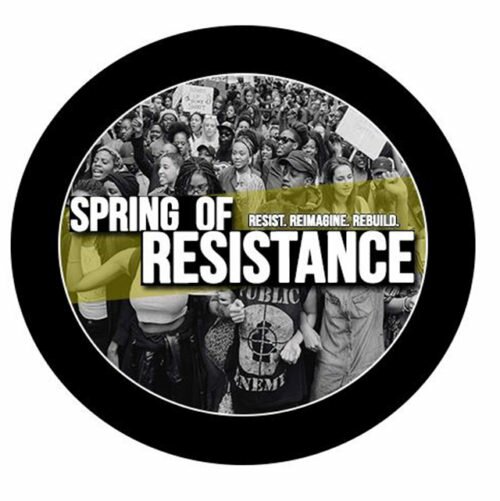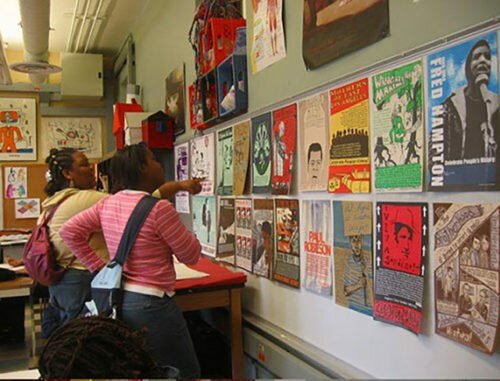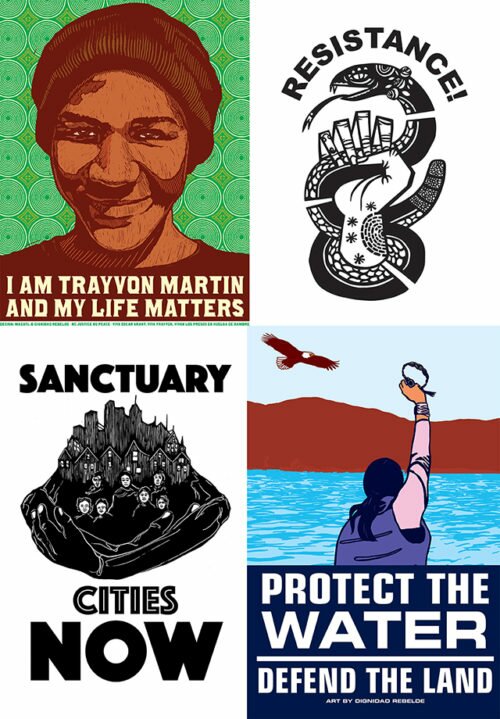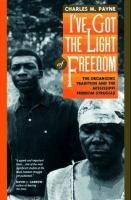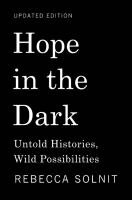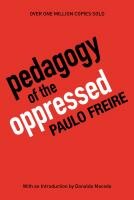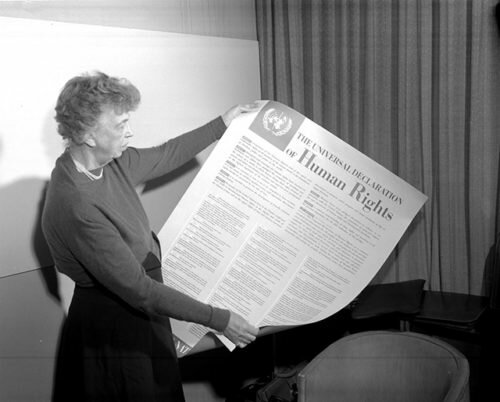Open Engagement has invited a group of contributors to make this year’s blog into a timely resource for organizing, moving forward and thinking creatively during particularly unjust times.
In light of our current reality and to align with this year’s conference theme of JUSTICE these blog posts will feature strategies, testimonies, literature, art and instructions as tools for working and living in the world as we know it.
The 2017 blog project, Resources on Justice, will grow over time, be published incrementally and will feature responses from a wide range of participants including activists, writers, thinkers, artists, teachers, arts professionals, community leaders, cultural workers, and more. It is an inclusive and accessible platform to think through the conference theme, introduce dialogues specific to the conference’s host city, as well as instigate ideas that can be applied beyond the context of this conference.
Jennifer Scott is a curator and public historian, whose work explores connections between museums, arts and social justice. As Jane Addams Hull-House Museum director, she leads the vision, curation and community engagement efforts of the nationally significant historic site. Hull-House addresses issues of peace, incarceration, immigration, citizenship, race, gender, sexuality, and social activism through a number of ground-breaking exhibitions and programs. Previously, Jennifer was Vice Director and Director of Research at Weeksville Heritage Center, a historic house museum in Brooklyn, New York specializing in socially relevant applications of history, culture, and the arts. In 2016, she launched two NEH-funded initiatives in Chicago: Making the West Side: Community Conversations on Neighborhood Change, and Securing the Common Good. Jennifer teaches in the graduate program of Museum and Exhibition Studies at the University of Illinois, Chicago and at The New School in New York. She is one of the editors for Museums and Civic Discourse: Past, Present and Emerging Futures.
- NEIGHBORHOOD CHANGE RESOURCES
Working with an historic house museum that greatly impacted Chicago’s Near West Side, at Hull-House, we are thinking a lot about creating and sustaining just and equitable neighborhoods. Last year, we launched Making the West Side , a project that draws attention to the systematic neglect and inequity that exists on the West Side. We engaged artists, activists, residents, social service and public health practitioners, educators, philanthropists, historians and other stakeholders in explorations of neighborhood history and change. Three of the most helpful resources on the histories of West Side disinvestment, displacement and activism are: 1) High Rise Stories: Voices From Chicago Public Housing by Audrey Petty. One of our favorite Chicagoans, Audrey has created an invaluable document of former public housing residents, including stories from West Side residents who have been displaced and ignored due to demolition and gentrification. Audrey also facilitated multiple storytelling and mapping workshops with us for West Side residents; 2) Family Properties: How The Struggle for Race and Real Estate Transformed Chicago and Urban America by Beryl Satter is a must-read. Satter’s book outlines the forces of racially discriminatory banking and housing policies and practices that created slums and destroyed West Side neighborhoods. 3) Lastly, Hull-House Maps and Papers: A Presentation of Nationalities and Wages in a Congested District of Chicago, Together with Comments and Essays on Problems Growing Out of the Social Conditions is a Hull-House and Chicago classic. In the 1890s, the radical women reformers of Hull-House conducted the first comprehensive study of Chicago’s Near West Side. This anthology includes inspiring essays and colorful maps from a pioneering sociological study that was intended to catalyze social change.
- FREE STREET THEATER HQ ENSEMBLE
Free Street Theater, created almost 50 years ago as a radical and innovative theater, is multi-generational with a youth ensemble called HQ. I have been getting to know Free Street’s HQ ensemble through our partnership for a project called, “From Brown V. Board to Ferguson: Fostering Dialogue on Education, Incarceration, and Civil Rights. This project is sponsored by the International Coalition of Sites of Conscience, and we work with the ensemble to facilitate dialogues with youth around issues of gender equity in education, the criminalization of girls and the increase of girls in the juvenile justice system. I am continually impressed and inspired by the Free Street youth who are deeply committed to the learning, understanding and fight against unjust systems. The youth ensemble mounts an annual performance on a social justice or civic engagement issue. In previous years, HQ focused on issues of mental health and gun violence in Chicago. This year, Free Street HQ Ensemble will present excerpts from their play, CHECKMATE, a performance in response to the election year and the continuing fight to assert our rights. CHECKMATE asks, “How do you make change when you can’t vote?” Free Street describes the play as “a toolkit and a call to action that explores the impact of youth-led movements on social change, and emphasizes the power of imagination in creating radical solutions to everyday problems.” Free Street’s new show opens on April 21 and runs through May 6. Go support!
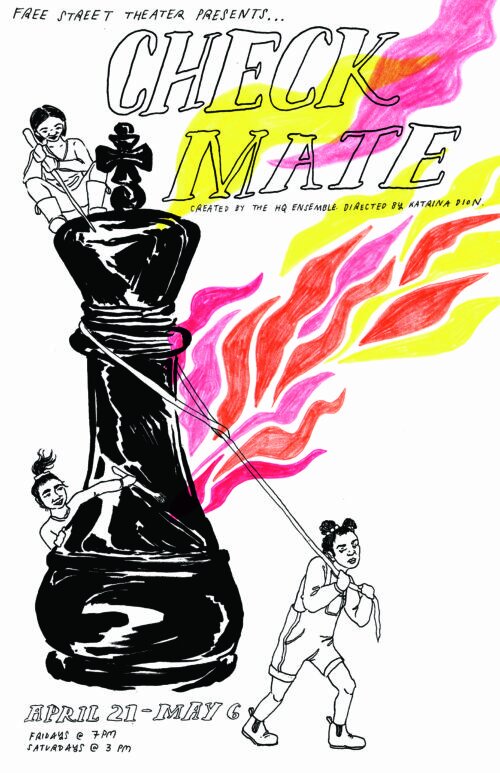
- {she crew} & SHECAST
This summer, for the third consecutive year, Jane Addams Hull-House Museum will host {she crew}, an intensive six-week journaling-to-performance summer program for girls 12-14. The girls spend this time transforming their own words and self-expression about their personal growth and a range of feminist and social issues into a theatrical piece performed at the close of the program. The first year we hosted them, they blew us away with their show, Girl Riot which showcased their emerging ideas about activism and rebelling against gender-conforming stereotypes. This year, {she crew} is developing an exciting new podcast: SheCast, they describe as “Chicago’s for-girls-by-girls {& gender variant} podcast. A place for youth to tune into a safe space created by peers, focusing on current events, self-care, expressive writing, and peer advice.” The first episodes will be made available in summer 2017. We can’t wait! We also love {she crew} because they make great feminist t-shirts available in our museum shop!
- NATIONAL ALLIANCE OF EMPOWERMENT FOR THE FORMERLY INCARCERATED
Benny Lee is a Hull-House collaborator and a co-founder of an extremely important organization in Chicago, the National Alliance of Empowerment for the Formerly Incarcerated (NAEFI). A former, Vice Lords leader, death row inmate and keeper of the Conservative Vice Lords History, an important social change organization on the West Side of Chicago, Benny does tremendous work to advocate for and transition individuals who are newly released from incarceration back into their communities.
- PROTEST BANNER LENDING LIBRARY
Hull-House’s featured artist, Aram Han Sifuentes, currently has a timely residency at Chicago Cultural Center called, “The Protest Banner Lending Library.” The original Hull-House social reformers created an Art Lending Library to democratize art access and allow a broad range of people to be able to appreciate art and beauty in their homes in the 1890s. We are thrilled that Aram has transformed this idea into a Protest Banner Lending Library! We worked with Aram at Hull-House on her insurgent project, Official Unofficial Voting Station: Voting for All Who Legally Can’t (September 8 -April 30 2017 at Jane Addams Hull-House Museum), feeling the strong need to engage the museum’s publics in conversation during the contested past and post-election season. Aram’s unsanctioned voting stations encouraged awareness around all those who are shut out of voting rights in the U.S., and it invited in marginalized voices. Following the presidential election, the voting stations have been transformed into letter writing booths for the Chicago mayor and the new U.S. president. As part of Hull-House’s exhibition programming, Aram facilitated one of her protest banner-making workshops during the week of the presidential inauguration and before the women’s day protests. Within eight hours, over one-hundred people joined us to create protest banners. Aram’s residency at the Cultural Center ends on May 18, so you still have time to go visit, create a protest banner or check one out! Also, come visit her exhibition at Hull-House before it closes on April 30! It is more important than ever that your voice is heard!

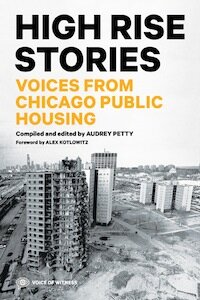












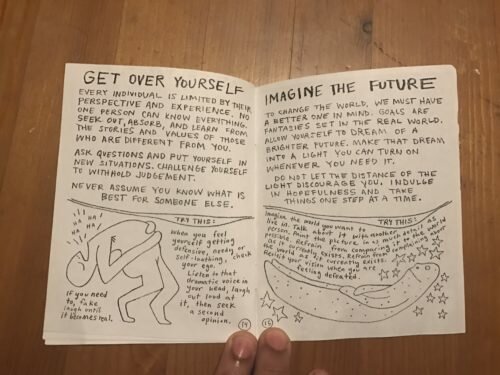
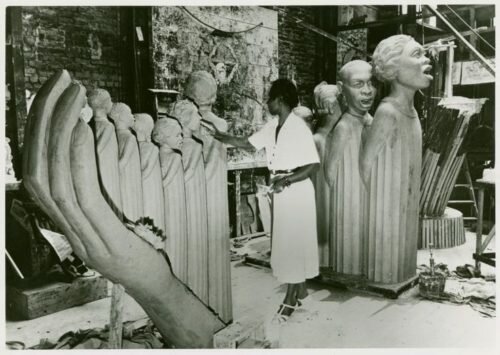
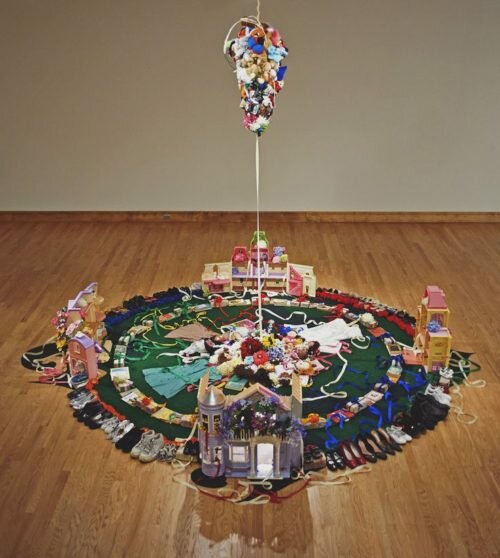
 Luther by Brumsic Brandon.
Luther by Brumsic Brandon. The Boondocks by Aaron McGruder
The Boondocks by Aaron McGruder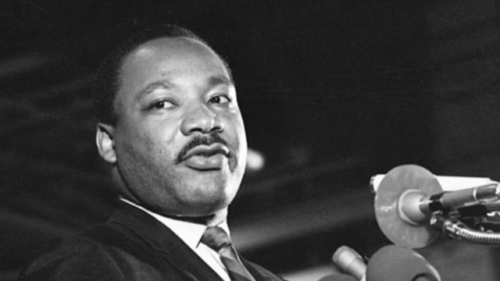 (Dr. Martin Luther King Jr. Image from Democracy Now!)
(Dr. Martin Luther King Jr. Image from Democracy Now!)